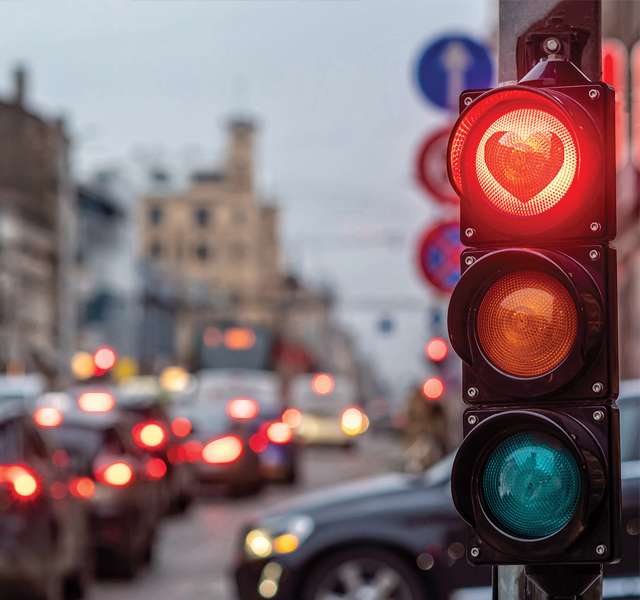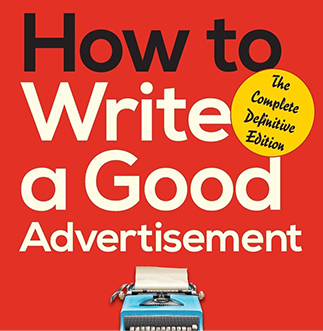The Cardiologist's Wife: Drive Safe
The Cardiologist's Wife: Drive Safe
by Lisa Tedder
On Monday, I witnessed no less than three traffic violations on the 20-minute drive to the gym. Two involved parents dropping off children at Annie Camp Junior High School; the parents stopped on Nettleton and allowed their children to exit the car and cross in front of oncoming traffic instead of driving through the school drop off lane as required for obvious safety reasons. The third incident involved someone running a red light on Matthews near St. Bernards Medical Center.
On Tuesday, I witnessed another driver floor their car to get through the red light at the corner of Caraway and Johnson. Luckily, no A-State students were crossing the street at that time. Rush hour traffic was heavy during all these incidents, and there were plenty of pedestrians, as well, mostly children walking to school. Running red lights has become a common occurrence these days. Two days later, a good friend of mine was rear-ended due to a distracted driver, but thankfully they were not hurt. It’s a small wonder that traffic fatalities have been rising in the United States during the last 20 years.
For decades, automobile fatalities in the U.S. had declined due to safer vehicles, the use of seatbelts, a crackdown on drunk driving and lower speed limits. While fatalities continue to fall in other high-income countries, the death rate for automobile accidents in the U.S. has begun to steadily climb. The vehicle death rate in the U.S. is three times higher than in Canada and five times higher than Britain, for example. Though researchers cannot explain exactly why, pedestrian fatalities account for much of the rise in total deaths from automobile accidents, with most of the pedestrian deaths occurring at night. The most common causes of automobile accidents are distracted driving, driving while intoxicated, speeding, running red lights or stop signs and reckless driving.
The introduction of smart phones has been a major factor in distracted driving. For some reason, Americans tend to spend more time on their phones while driving than people in other countries. This may be partially due to the fact that almost all cars in the U.S. are automatic, while in Europe most are manual, requiring both hands to drive. Research has shown that half of American drivers text or email while driving, especially those under 34. People tend to overrate their driving skills while using their cell phones, but at the same time, they think other people who drive and text are the problem. Thirty states prohibit the use of handheld devices while driving, but these laws are difficult to enforce. (In Arkansas, there is a ban on using handheld devices only in school and work zones.) Campaigns like “don’t drink and drive” have been effective, but campaigns to not use cell phones while driving have had far less success.
Drivers are also likely to be distracted by increasingly complicated dashboard touchscreens when trying to adjust the temperature, radio or use GPS. The old knobs and buttons were much easier to use without having to look. Other problems are eating and drinking, applying makeup or other grooming tasks, talking to passengers or simply zoning out.
Another factor for accidents is the spread of legal marijuana and opioid use, which, along with alcohol, is fueling the impaired driving problem. A recent federal study of serious or fatal accidents found that half the drivers involved tested positive for at least one drug. Marijuana intoxication impairs the cognitive and motor skills necessary to safely operate a vehicle. Even some prescription and over-the-counter medications can impair your ability to drive. Drugs of any kind can slow your reaction time, impair your coordination and make it difficult to process what is happening on the road even though we may think we feel fine.
Data from the National Highway Traffic Safety Administration shows that speeding fatalities reached a 14-year high in 2021 and account for almost one-third of all traffic fatalities. Worse, a survey conducted by the AAA Foundation for Traffic Safety found that only 46.5% of drivers consider speeding to be dangerous, with 41% admitting to doing it. Research has proven that a pedestrian hit by a car going 25 mph is more than twice as likely to survive than a pedestrian struck at 35 mph. Americans are also resistant to measures to curb unsafe driving, like the use of cameras that automatically ticket drivers who speed or the use of technology that won’t let the car start if the driver’s blood alcohol is over the legal limit.
All indications are that despite the risks to themselves, Americans are comfortable with a high degree of unsafe driving practices, so a high rate of traffic fatalities isn’t likely to change anytime soon. Statistics show that a fatal car accident happens every 15 minutes in the U.S. and that most of the victims in fatal car crashes are the driver, followed by pedestrians. Those between the ages of 25 to 34 are most likely to be killed or hurt in automobile accidents, though you might think it would be new teen drivers. Perhaps you recognize that you are guilty of some of the unsafe driving practices mentioned here. Hopefully you will consider the risk not only to other innocent people, but also to yourself, and make an effort to do better.







